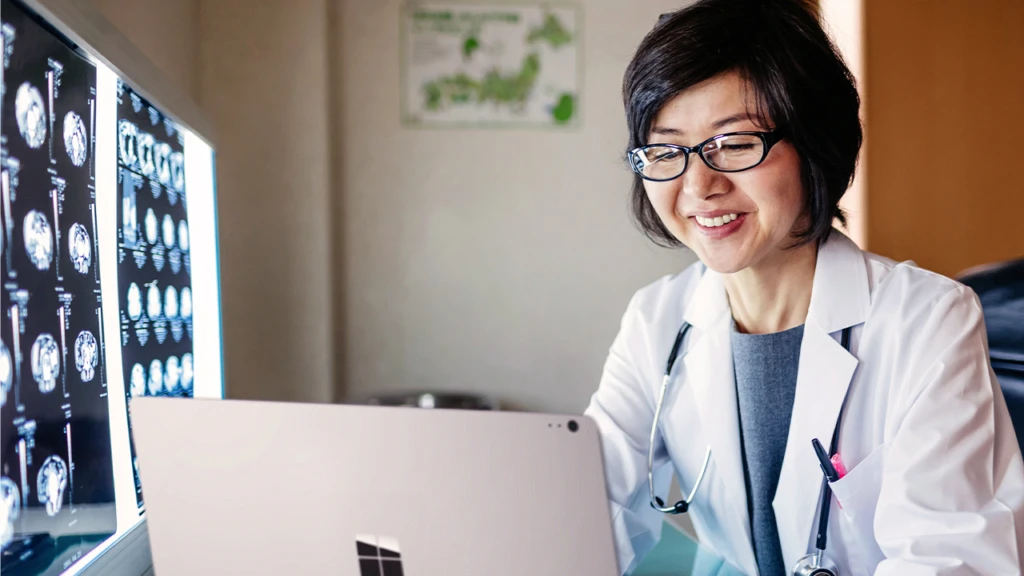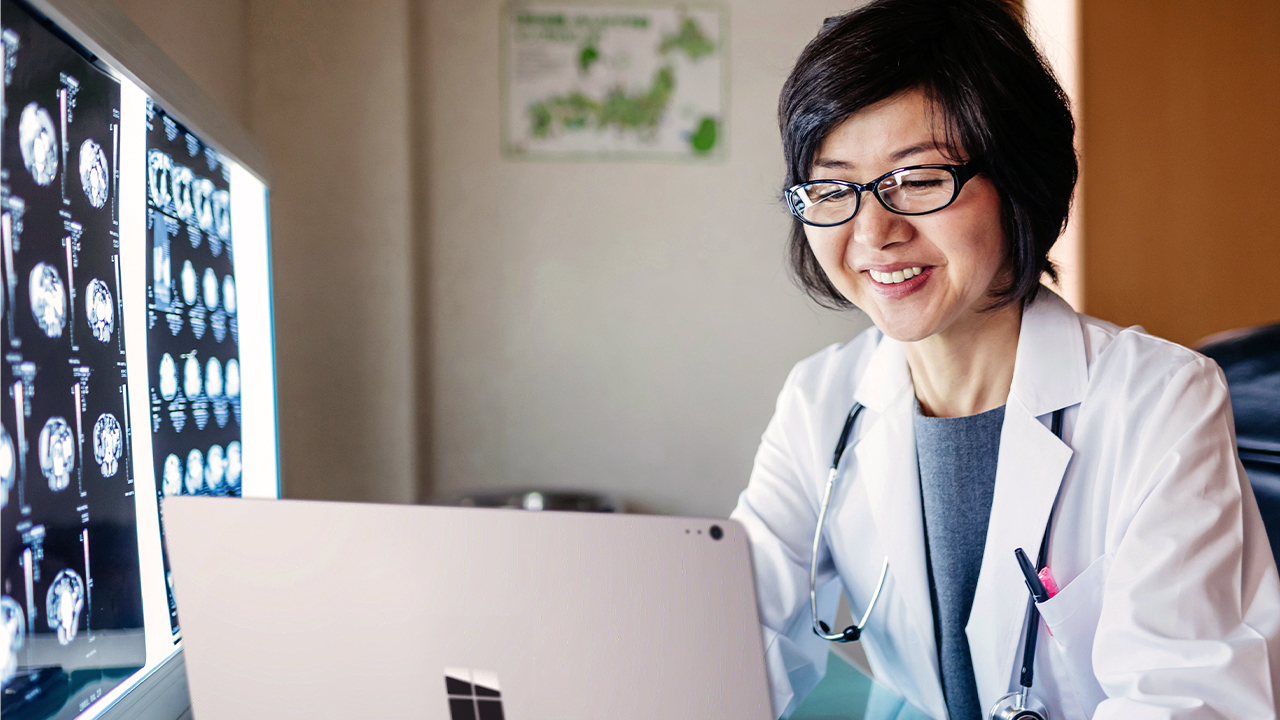
2021 Outlook: the Future of Life Sciences Customer Experiences
 Research from a large-scale survey of more than 1,000 senior pharma professionals highlights the divide between digitally adept companies and those that have been slow to adopt technologies. In this blog, we look at how the customer experience is changing due to COVID-19 for life sciences organizations.
Research from a large-scale survey of more than 1,000 senior pharma professionals highlights the divide between digitally adept companies and those that have been slow to adopt technologies. In this blog, we look at how the customer experience is changing due to COVID-19 for life sciences organizations.
Historically, pharma has lagged behind other industries in adopting digital solutions. With COVID-19 catapulting both the sector and healthcare in general into a new digital era, the landscape is changing significantly and rapidly. What will this transformation mean for pharma’s customer experience?
In an April 2020 survey conducted by Reuters and Exeevo, 1,363 senior professionals mostly working in pharma (82.8 percent) in the EMEA region (73 percent), as well as in biotech, med–tech and with devices or consumer health companies reported how life sciences organizations are adapting to a new reality.
With severe restrictions on face-to-face engagements during the pandemic, digital engagement has been one of few ways that companies have been able to connect with their customers. Findings from the report highlighted an urgent need for investments in customer relationship management (CRM) capabilities.
“Technology has advanced to the point where we can rethink what is possible. We have the ability to apply it in a range of different use cases” said Dr David Rhew, CVP, Chief Medical Officer & VP of Healthcare (WCB) at Microsoft, in the Post-COVID Pharma Report by Reuters.
Time for change
Commercial teams should now address the gaps they have in data and analytics. They should also accelerate the adoption of omnichannel capabilities. While CRM was traditionally built for a time where there were only one or two channels, it is now becoming a thing of the past.
Omnichannel approaches that allow bi-directional engagement on all modern channels provide a seamless and individualized customer experience that will soon become the ‘better normal’. Key benefits could be medical chatbots answering simple dosing questions, HCPs triggering inbound virtual meeting requests, and ensuring compliant social media engagement from field teams to HCPs.
But what exactly does this mean for life sciences companies? “This means we need much better CRM capabilities than pre-pandemic,” said Herman De Prins, CIO of UCB. “That does not mean these capabilities are not available. It just means they have not been exploited.”




